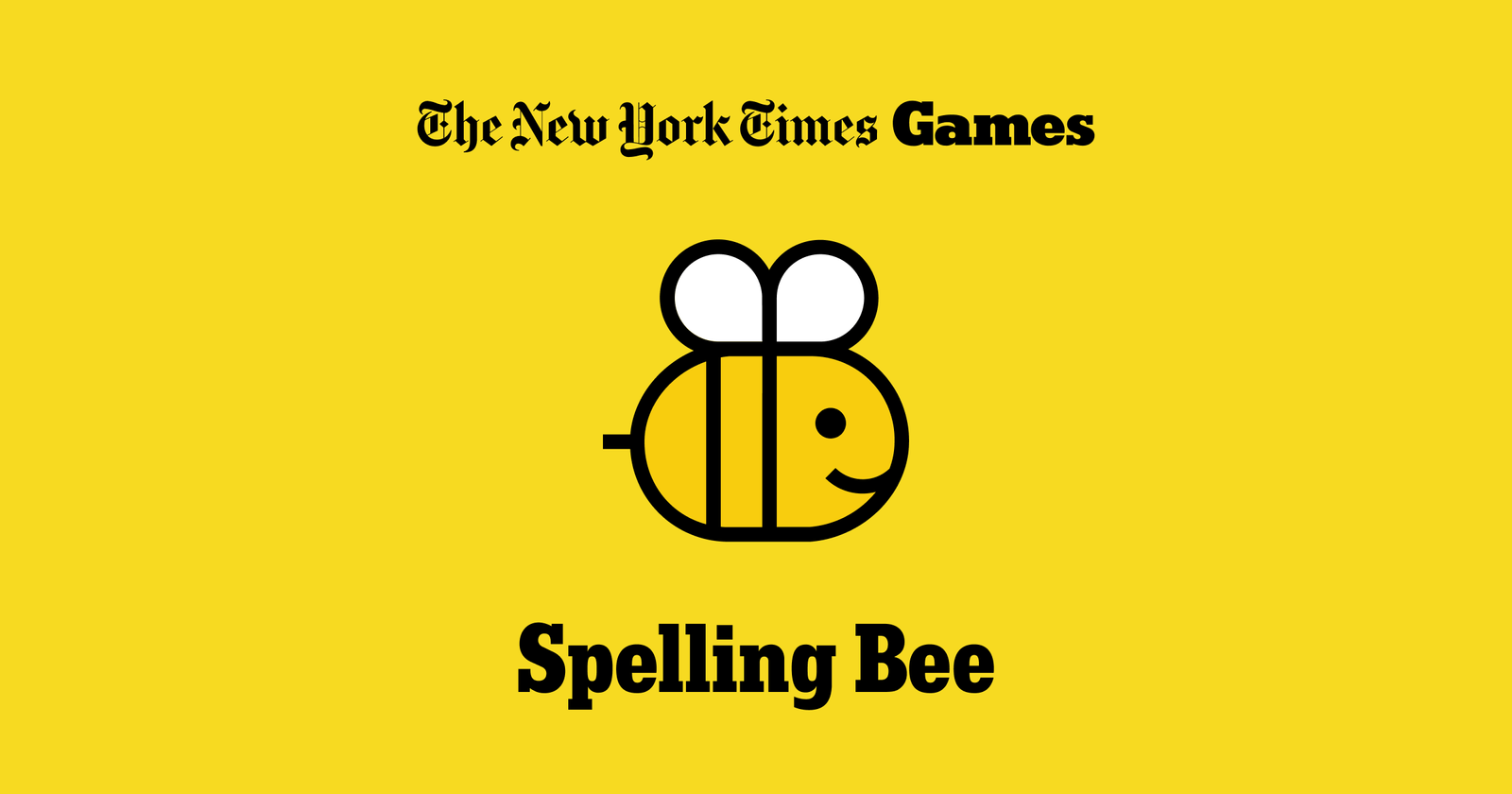In the realm of word puzzles, the New York Times Spelling Bee holds a special place in the hearts of linguaphiles and puzzle enthusiasts alike. This innovative game challenges players to spell as many words as possible from a given set of letters arranged in a honeycomb layout. The simplicity of its premise belies the depth and engagement it offers, making it a daily ritual for thousands. This article delves into the nooks and crannies of the NYT Spelling Bee, exploring its origins, mechanics, appeal, and the vibrant community it has fostered.
The Genesis and Evolution of the Spelling Bee
The New York Times Spelling Bee was introduced to the public as a part of the newspaper’s expanding suite of puzzles, aiming to captivate a diverse audience with a penchant for word games. Unlike traditional spelling bees, where participants spell out loud from a standardized list, this game presents a tactile and solitary challenge, playable online or on mobile devices. The game’s evolution has been marked by subtle refinements to its interface and algorithm, ensuring a fresh and engaging experience daily while maintaining the core simplicity that fans have come to adore.
Mechanics of the Game: A Lexical Ballet
At the heart of the NYT Spelling Bee is a honeycomb of seven letters, with one letter at the center. Players must spell words of four letters or more, each word incorporating the central letter. The game grades players based on the number of words they uncover, offering titles from “Beginner” to “Queen Bee,” the latter awarded for finding every possible word, including the elusive pangrams—words that use every letter in the honeycomb. This blend of open-ended exploration and the pursuit of completeness is a key driver of the game’s appeal, offering both casual distraction and a deeper challenge for those who seek it.
The Lure of the Spelling Bee
What sets the NYT Spelling Bee apart from other word puzzles is not just its unique format, but the blend of relaxation and cognitive challenge it offers. It serves as a linguistic playground where players can test their vocabulary breadth, pattern recognition, and even their strategic thinking, as they decide which words to pursue first. Moreover, the game’s daily reset offers a clean slate, making it a perfect morning ritual or a palate cleanser throughout the day.
A Community Buzzing with Activity
Beyond the individual challenge lies a bustling community of Spelling Bee enthusiasts. Social media platforms, blogs, and forums are alive with discussions about daily puzzles. Players share triumphs, express frustrations over elusive words, or debate the game’s linguistic boundaries. The New York Times has nurtured this community, featuring letters from players and occasionally adjusting its word list in response to feedback, highlighting the dynamic relationship between the game and its audience.
Challenges and Controversies
No game is without its controversies, and the NYT Spelling Bee has seen its share. Debates often arise over the game’s dictionary choices, with players questioning the exclusion of certain words or the inclusion of obscure ones. These discussions underscore the diverse and evolving nature of language, and while they may frustrate some players, they also add depth to the community engagement, prompting discussions about linguistics, etymology, and the fluidity of English.
The Spelling Bee in Cultural Context
The NYT Spelling Bee is more than a game; it’s a cultural phenomenon that reflects the New York Times’ tradition of intellectual engagement. It stands alongside the crossword and Sudoku as a testament to the joy of puzzles, the love of language, and the communal spirit of problem-solving. The game’s success points to a broader cultural appetite for challenges that entertain as much as they educate, serving as a daily reminder of the beauty and complexity of language.
Educational Implications and Cognitive Benefits
Educators and psychologists have noted the benefits of word games like the Spelling Bee for cognitive health, including improved vocabulary, pattern recognition, and even mental flexibility. The game’s accessibility makes it a valuable tool for language learning and cognitive maintenance across all ages, highlighting the potential of games as vehicles for learning and mental wellness.
Looking Forward: The Future of the NYT Spelling Bee
As the NYT Spelling Bee continues to captivate and challenge, its future seems as bright as ever. With each day’s puzzle, it invites players into a world of linguistic exploration, offering a blend of leisure and learning, individual challenge and community engagement. The New York Times has found in the Spelling Bee a formula that resonates deeply with the human love for language and puzzles, promising many more years of words, debates, and discoveries.
In conclusion, the NYT Spelling Bee stands as a beacon for word enthusiasts, a daily ritual that offers solace, challenge, and the joy of discovery. It represents the enduring charm of word puzzles and the communal joy of shared challenges, reminding us of the power of play in our lives. As long as there are words to spell and puzzles to solve, the community around the NYT Spelling Bee will continue to buzz with activity, welcoming anyone willing to dive into the hive and explore the sweetness of language.





